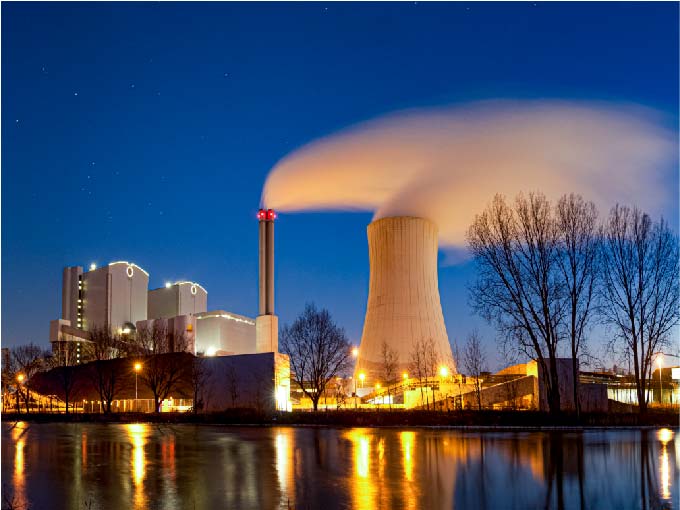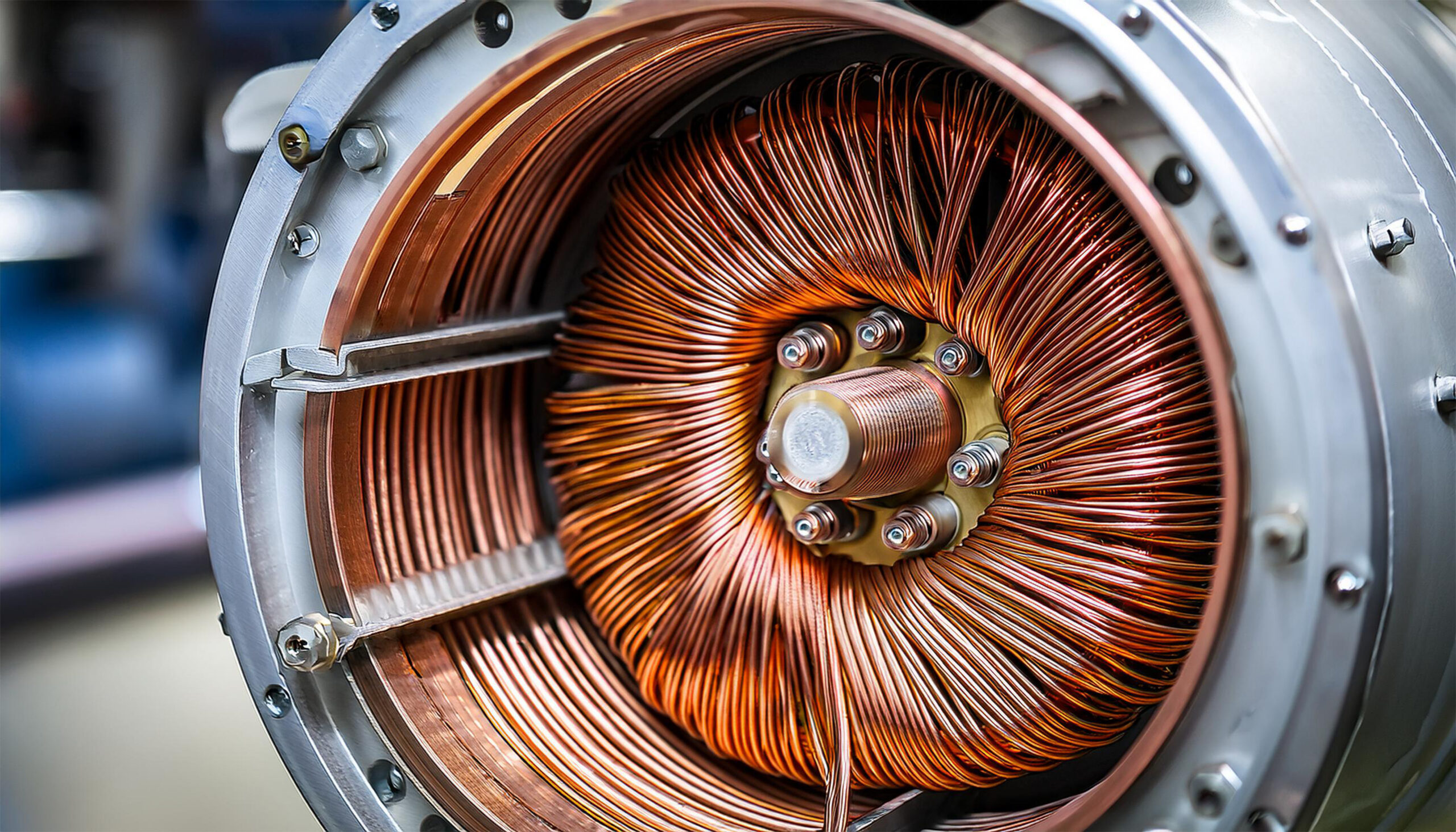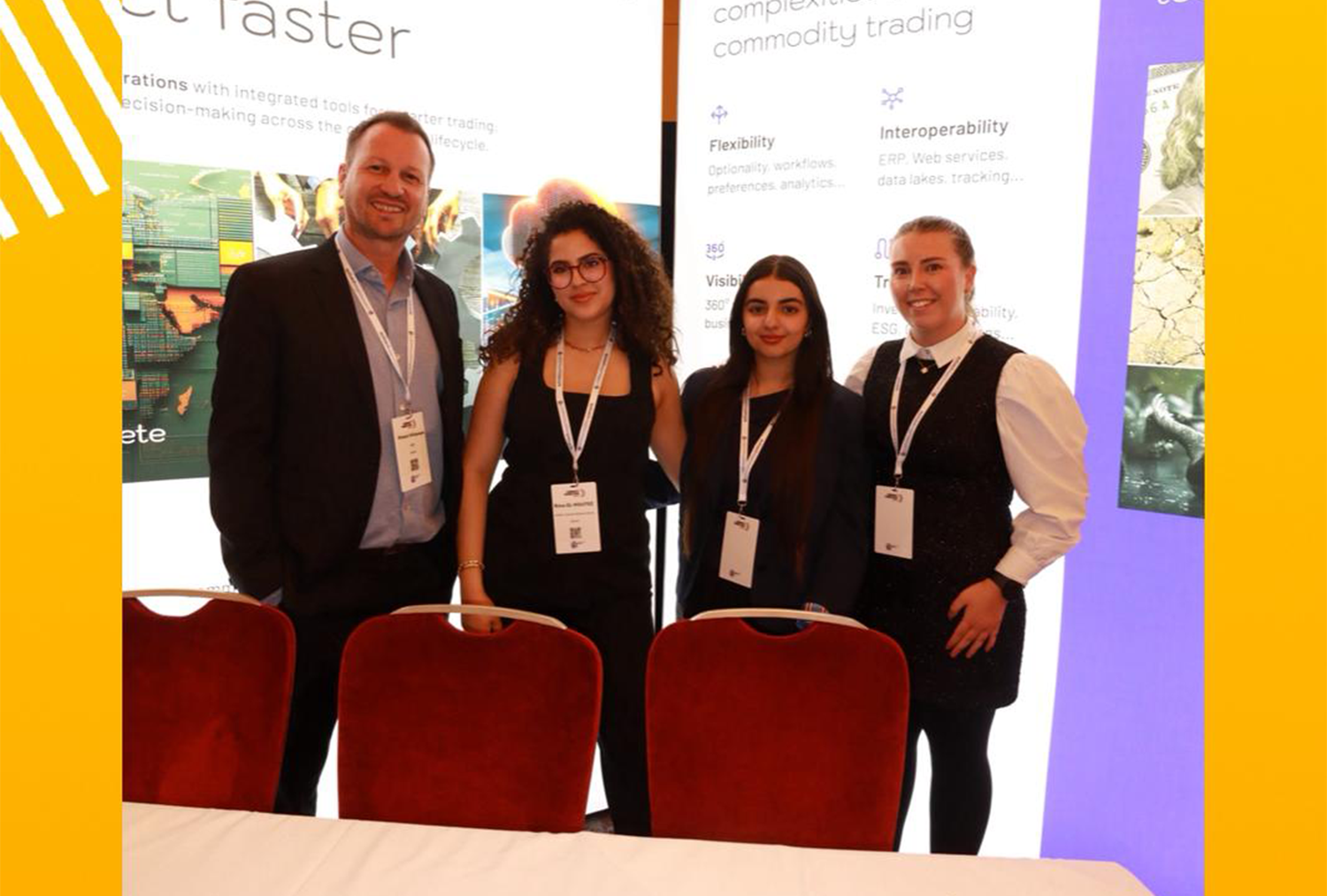Within the energy industry there are a wide range of supply chain positions, from commodity producers, through refiners and commodity traders, to generators and energy traders.
Each of these players have very different roles and therefore different requirements from their commodity and energy trading software, yet many ETRM suppliers attempt to create one solution to fit all. This means that the ETRM can broadly support most organisations but does not always offer the in-depth functionality that would allow each to capitalise on the technology.
Many organisations using a legacy ETRM have developed ways of working around any software limitations, but this can involve more manual workloads using offline tools such as spreadsheets, which make it difficult for others to know contract statuses and increase the risk of errors. Whilst this ingenuity has meant that historically ETRMs could supply more limited solutions, with offline workarounds supplying the rest, this less efficient measure will not remain sustainable. Organisations without the technology to automate processes and manage all data centrally will struggle to remain competitive in the fast-moving commodity supply chains and energy markets of the future.
The growing need for the right ETRM
To take just one of many factors of changing energy supply chains, the growth of smaller, decentralised and often renewable generators is not only impacting on energy markets, but also on traditional operators and their suppliers. Less regular production from renewables is driving more volatile intraday energy pricing, meaning that generators need to act with greater agility, optimise their operations and strategically manage their contracts to capitalise on opportunities.
This can also mean that their trading partners are affected by new requirements such as more granular data or more flexible logistics, in addition to the other pressures driving efficiency in trading and supply chain firms. For example, a biomass generator may need detailed information on individual shipments’ net calorific value (NCV) and assays that will impact burn rates to optimise their operations, meaning that suppliers will also need to store and share this information, as well as use it to inform pricing. As the changing market conditions make agility more important than ever, not only will all actors in the supply chain need to retain better, more granular information, they will need the systems in place to quickly analyse and share this data.
For organisations used to working with a legacy ETRM and manually running aspects of the business offline to work around ETRM weaknesses, it will only become harder to meet clients’ greater expectations by relying on increased manual processing. In comparison, with commodity management technology that supports all the business’ processes, data can be shared with clients automatically – reducing manual workloads. And ETRM automation can remove many of the hurdles that slow down supply chains, meaning faster, more agile operations that can respond quickly to changing customer demand.
ETRM solutions for the supply chain
At Gen10, we support supply chains with all aspects of commodity management, from production through to the boiler. Instead of trying to solve every challenge for every commodity and use case in one monolithic system, our commodity management platform, CommOSTM, powers a range of solutions to challenges that traditional ETRM systems do not address.
For complete commodity management, Gen10’s Commodity.Manager, powered by CommOS, comes pre-configured for different commodities, including biomass, LNG and oil, with all the optionality, automated pricing and data management these commodities need. The commodity management platform also includes Gen10’s advanced logistics support as standard, automating processes and providing complete control over storage, shipping and more so that the entire enterprise benefits from the automation, efficiency and control of a modern ETRM platform.
And on top of the core commodity management functionality that can be adapted to different parts of the supply chain without custom development, there are a range of apps that can be used in conjunction with an existing ETRM to add any missing flexibility and help create a commodity management ecosystem unique to the company.
Across the supply chain
Petrochemical producers and traders often have systems in place for managing contracts, but may find that traders are spending a lot of time negotiating deals and conducting pre-trade activities one-on-one with a customer, which means limited internal visibility and the potential for mistakes when traders copy terms into the contract management system. The traders may be happy with the contract management system but would benefit from additional quick deal capture apps that allow them to create their own virtual marketplace for approved counterparties, quickly confirm deals from a mobile device and populate their C/ETRM with the details to make contract management faster and easier.
If refiners are spending a long time managing logistics, shipping and assays, which are often not well-automated in legacy ETRMs, they may benefit from enhanced contract and logistics functionality, including automated workflows that include inspections and can update assay and contract details as a result. Gen10 apps also include straightforward real-time inventory management that can feed positions into an ERP in real-time as things change with no need for individuals to copy information between systems, essential for efficient operations. Integrations can also include market data, which combine with automated pricing calculations for instant pricing and what-if analysis.
And for utilities and generators, whilst many processes are carried out within an ETRM, in our experience procurement teams are often running many of their processes on spreadsheets or other offline tools, updating information centrally but only after they have carried out their activities. This is why Gen10 created the Contract.Manager app; a versatile contract management solution that enables procurement or trading teams to manage contracts, stock and activities, with automated workflows that ensure compliance with processes, reduce mistakes and remove the need to manually copy or re-enter information. And integrations with other systems mean that the organisation’s ERP or ETRM is updated as contracts progress, without the need for individuals to update it.
Gen10 apps are designed to give organisations the flexibility that traditional ETRMs lack, and this includes flexibility of implementation, so if your ETRM works for most of the business but risk management, contract management or other roles are carried out offline, you have the ability to simply add the functionality you need onto your existing technology, getting more out of the systems you already have and adapting your technology to suit the processes that are best for your unique business.
Even with the remarkable diversity of companies within the energy industry and its different supply chains, it is possible to create commodity management technology that is both designed for your unique position and adapted to fit your organisation. With the increasing speed and data requirements of the industry, it is no longer enough to work around an ETRM that covers most of your needs when the technology exists for you to create a commodity management solution that truly fits and serves your business.



